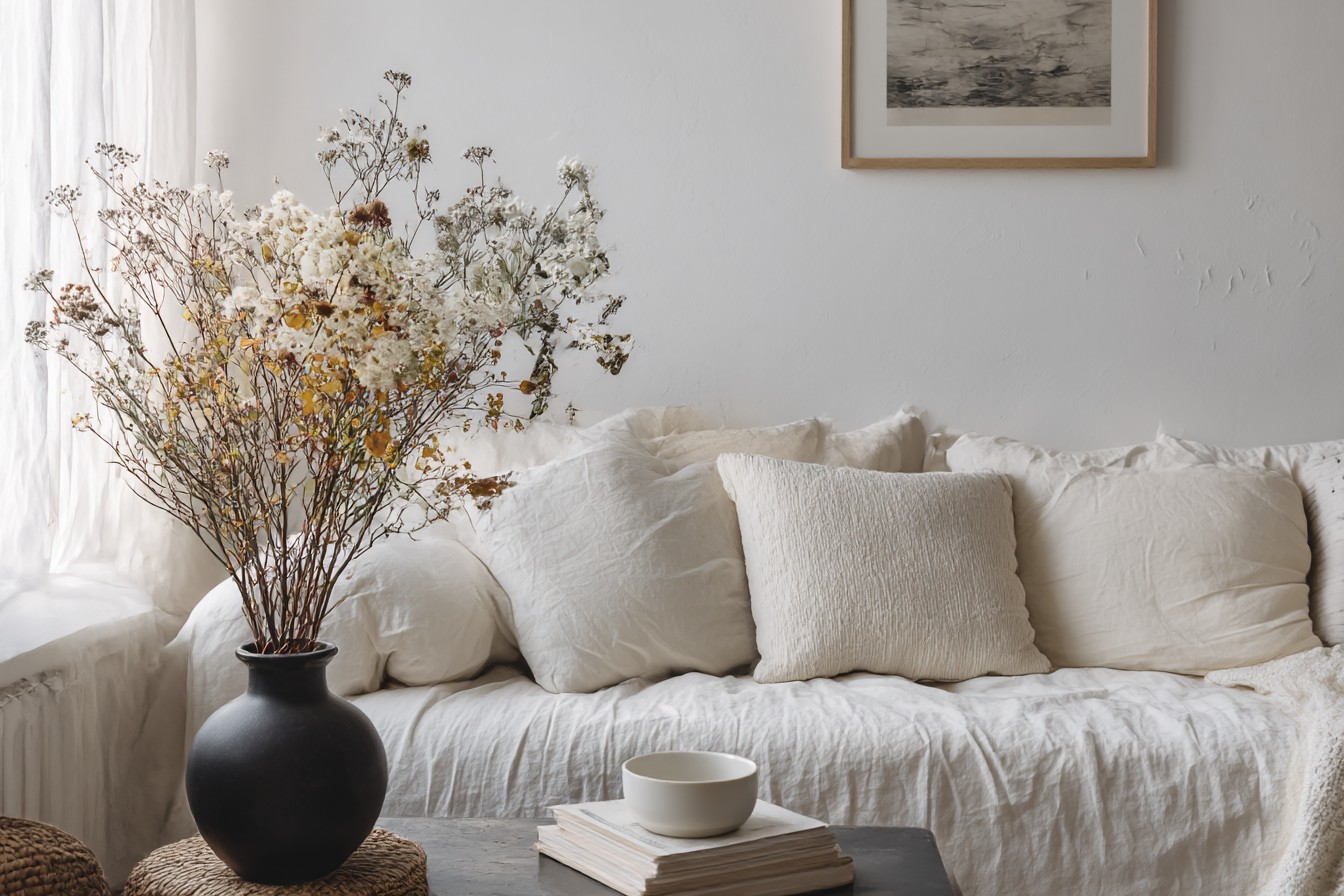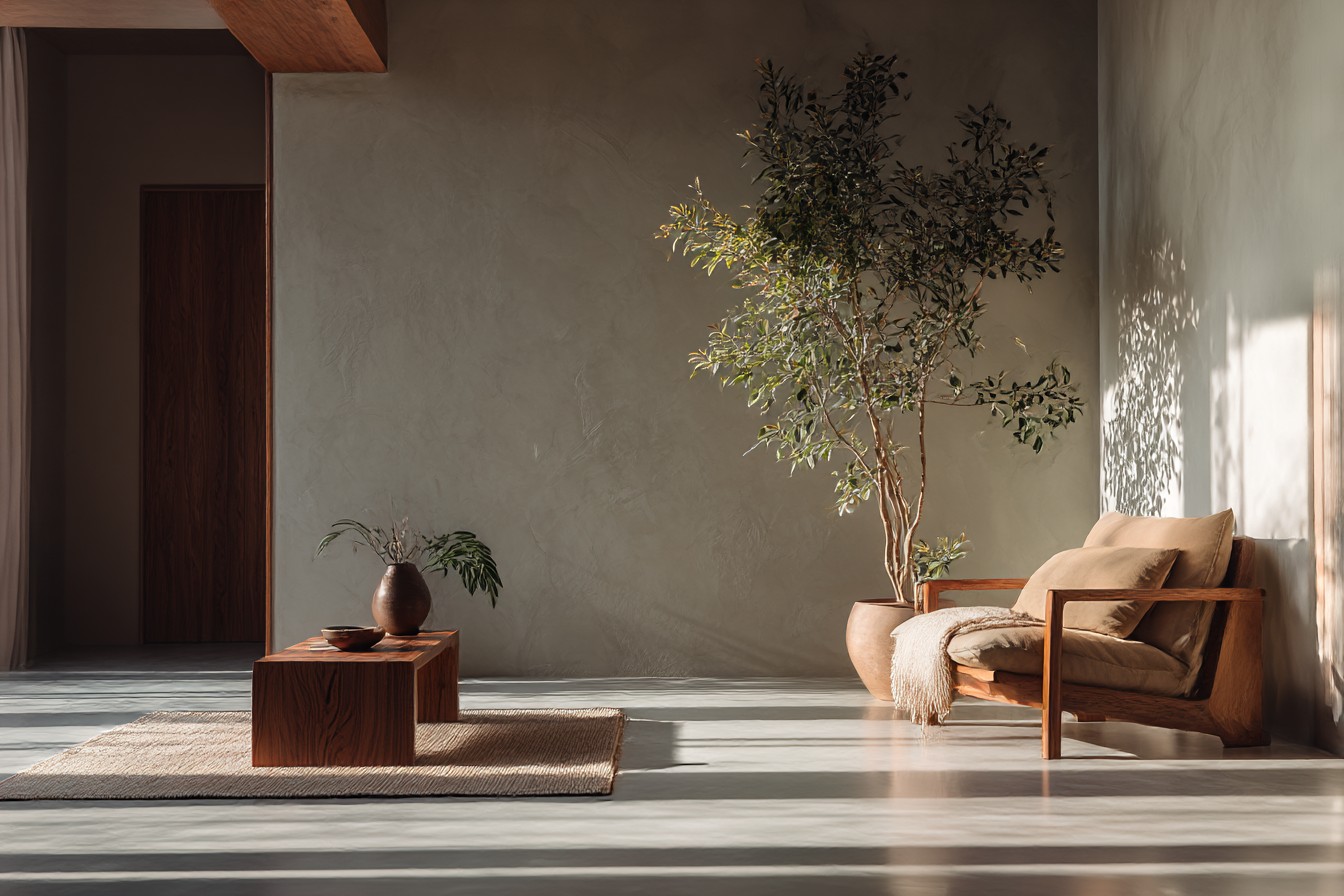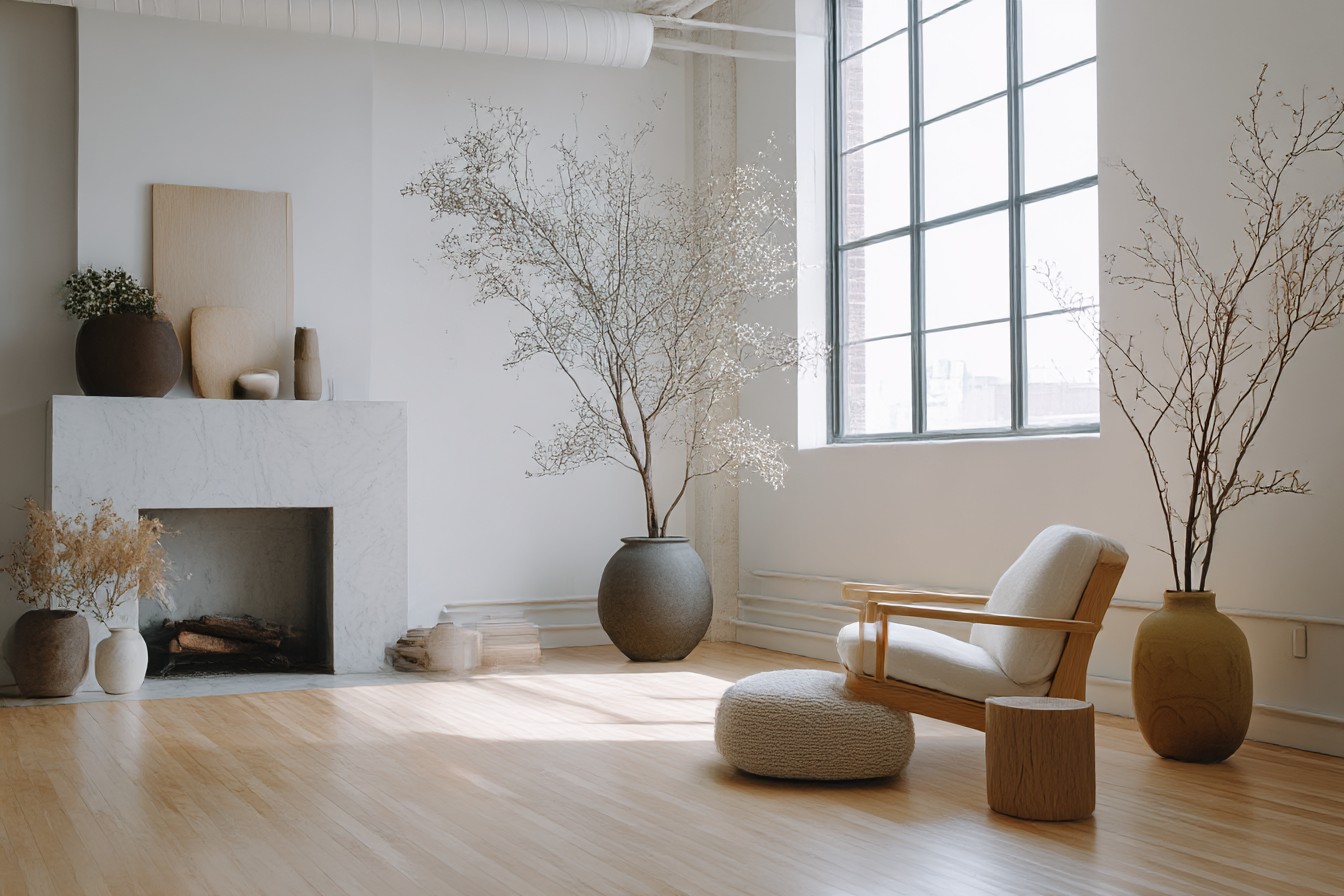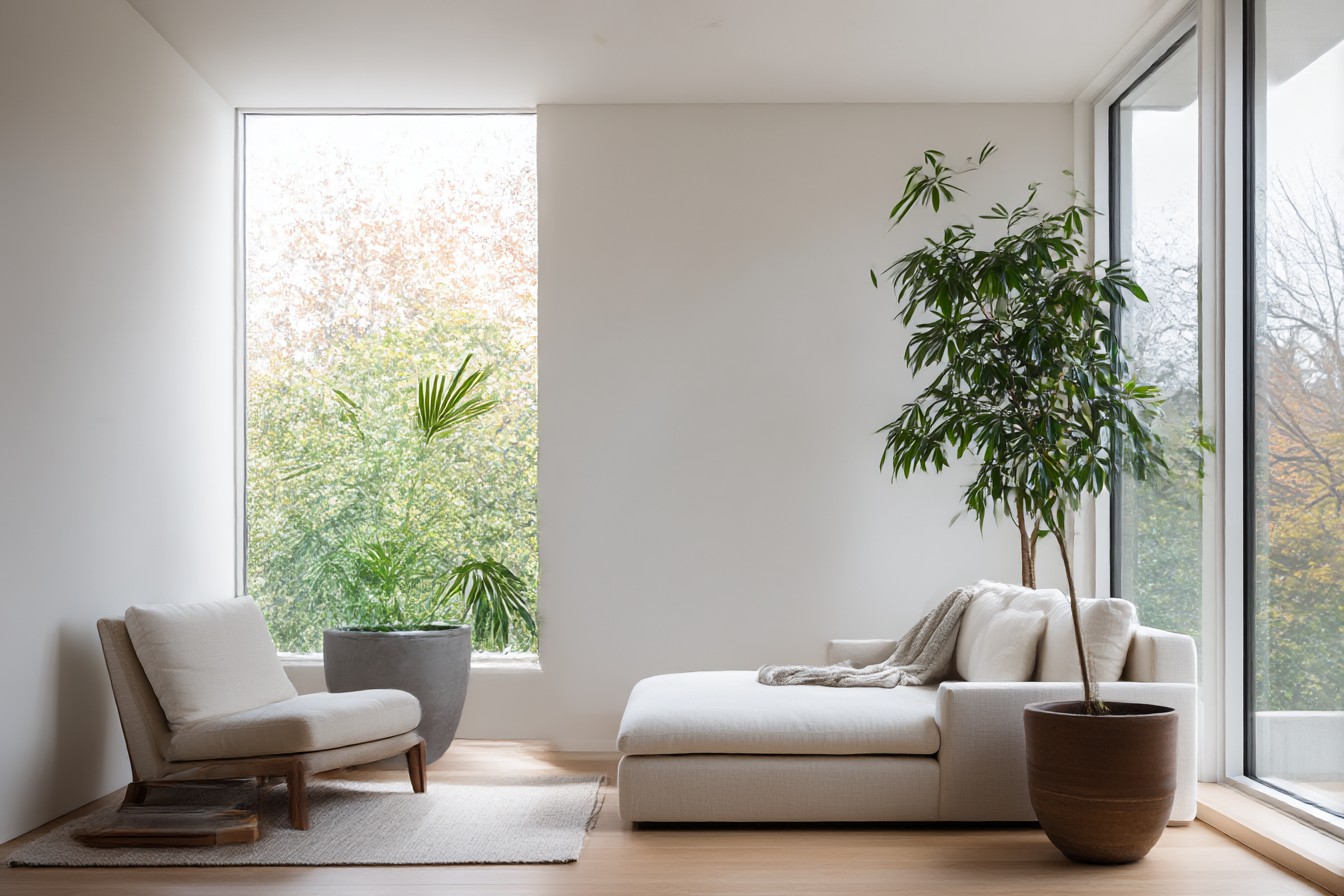I’ve always been a bit of a seasonal junkie. There’s something about watching the world transform outside my window that makes me itchy for change inside too. Growing up, my mum would haul out enormous plastic bins every few months, swapping beach towels for Christmas decorations, summer clothes for winter woolens. The process was exhausting and by the time I had my own flat, I’d sworn to break the cycle. “I’ll keep things simple,” I told myself. “Minimalist even.” Yet here I am, standing in my living room last week, fighting the urge to buy a cart full of autumn-scented candles and decorative gourds.
The tension between minimalism and seasonal change is real, folks. How do we honor our connection to nature’s rhythms without accumulating stuff that needs storing three-quarters of the year? It’s something I’ve been experimenting with for about five years now, and I’ve learned a few things worth sharing.
First off, let’s be honest about what seasonal minimalism actually means. It’s not about having perfectly coordinated décor that transforms magically with each equinox. It’s about allowing your space to breathe differently as the year progresses. Sometimes it’s practical (switching out bedding), sometimes it’s sensory (changing scents), and sometimes it’s purely emotional (needing those twinkly lights in December to combat the 4pm darkness that makes me want to hibernate until March).
When I first embraced minimalism, I went a bit extreme. I donated all those seasonal bins lurking in my parents’ attic with my name on them. Everything had to earn its place through year-round usefulness. No single-season items allowed! This worked brilliantly… until mid-January when my flat felt as grey and lifeless as the sky outside. I’d cleared away Christmas but hadn’t left myself anything to look forward to. My space felt static while the world kept turning.
The breakthrough came when I realized seasonal minimalism isn’t about having or not having seasonal items—it’s about being intentional with how we mark time in our spaces. For me, this means focusing on impermanent changes that don’t require storage.
Take textiles, for instance. I have exactly two duvet covers—one in a cooling linen for summer and another in cozy cotton for winter. Switching between them takes up virtually no storage space but completely transforms how my bedroom feels. The same goes for the throw on my sofa—lightweight in summer, chunky knit in winter. These small swaps satisfy that craving for change without accumulating stuff.
Nature provides the best seasonal refreshes, and they’re literally free. I’ve got this routine now where I take a walk every couple of weeks specifically to collect bits of the outdoors to bring in. Spring branches with buds, summer wildflowers, autumn leaves, winter evergreens. They live in the same ceramic vase year-round, but what goes in it constantly evolves. When they’re past their prime, they go in the compost rather than a storage bin. No waste, no clutter.
Light changes dramatically with the seasons, and adjusting to it makes a massive difference to how your space feels. In winter, I bring my lamps down to eye level and use warm bulbs to create pools of coziness. Come spring, they move up to bounce light off the ceiling, and I switch to cooler tones. I’m using the same lamps year-round, just differently. My friend Ellie thought I’d redecorated last April when all I’d done was rearrange lighting and open the curtains wider!
Scent is probably the most powerful and underrated way to transform a space seasonally. I used to have dozens of candles in different fragrances shoved in cupboards. Now I stick to simple essential oils that I can combine differently depending on the season. Citrus and mint in summer, cinnamon and cedar in winter. The oils last forever, take up minimal space, and I’m not constantly shopping for the next seasonal candle release.
The kitchen offers brilliant opportunities for seasonal minimalism. Instead of keeping specialized gadgets for occasional holiday cooking, I’ve learned to use my essential tools more creatively. My cast iron skillet works for summer vegetables and autumn apple crisps alike. Seasonal eating automatically brings change to your kitchen without requiring special equipment. Last Tuesday I found myself absurdly excited about the first soup of the season simmering on my stove—the kitchen felt completely different just through what I was cooking in it.
Digital spaces need seasonal refreshes too. Changing your screensaver costs nothing and requires no storage, but it can completely shift your mindset. I’ve got a folder of photos I’ve taken during different times of year, and switching them out helps tune me into the season. Right now my laptop shows a picture I took of morning mist over the park last October, and it instantly puts me in an autumn headspace when I open it.
Music might be the ultimate minimalist seasonal shift. I have playlists for different times of year that completely transform the feeling in my flat. The rainy day jazz that’s playing as I write this immediately signals to my brain that we’re transitioning seasons. No storage required, nothing to dust, but the emotional impact is huge.
It took me ages to realize that rearranging furniture seasonally isn’t just something my grandmother did because she was bored. There’s wisdom in it. In winter, I pull my furniture closer together, creating a more intimate conversation area around the warmest part of the room. Come summer, everything gets pushed back to maximize air flow and create more open space. Same furniture, completely different feel. Last winter I shifted my desk to face the window, chasing the precious few hours of sunlight. Such a small change, but it made those dark months much more bearable.
I’ve also discovered the joy of seasonal edits rather than seasonal additions. When autumn arrives, I don’t rush out to buy new stuff—instead, I remove summer elements that no longer feel right. The bright yellow throw pillows get stored away (yes, I do keep a few seasonal textiles), leaving the more neutral ones. This creates visual space for the season’s natural elements. Sometimes what you take away defines a season more than what you add.
Let’s talk about the inevitable seasonal items that don’t earn year-round space. I’m not a robot—I have fairy lights for winter and a few special ornaments with sentimental value. My rule is they must fit in a single box that slots under my bed. If something new comes in, something old must go. This forced editing keeps only the truly meaningful items while preventing accumulation.
The hardest lesson was learning to resist seasonal consumerism. Every store and social media platform bombards us with messages about what we “need” to properly experience each season. I fell for it constantly in my pre-minimalist days. Now I give myself a waiting period. When I felt that autumn candle urge last week, I went home and pulled out my cinnamon essential oil, dropped it in the diffuser, made a cup of tea, and sat with the feeling. Nine times out of ten, creating the seasonal experience I’m craving doesn’t actually require buying anything new.
I find it helps to focus on experiences rather than objects when the seasonal itch strikes. Instead of buying new autumn decor, I scheduled an afternoon at the local orchard with friends. The apples we brought home satisfied my need for seasonal markers in my space without adding permanent stuff.
The beauty of approaching seasons through a minimalist lens is that it attunes you more deeply to subtle changes. I notice the quality of light shifting in my flat as the sun’s position changes. I feel the different texture of cool air coming through open windows in the morning. These natural shifts become enough when you’re not distracted by an excess of seasonal things.
Don’t get me wrong—I still struggle sometimes. Instagram is a minefield of seasonal perfectionism, and I occasionally find myself coveting someone’s immaculate autumn tablescape. But then I remember the stress of those storage bins, the waste of barely-used items, the burden of constantly acquiring and storing stuff just to perform the seasons. The freedom from all that is worth the occasional pang of seasonal consumer envy.
At its heart, seasonal minimalism isn’t about deprivation—it’s about finding more meaningful ways to honor time’s passage in our spaces. It’s about being fully present in each season rather than constantly preparing for the next one. My flat breathes differently now as the year turns, expanding and contracting, brightening and dimming, shifting subtly like the natural world outside my window. And not a plastic storage bin in sight.







